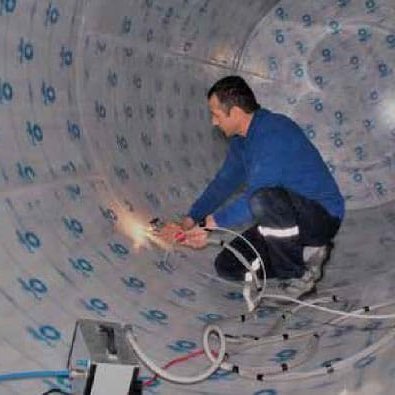
AGRU semi-finished plastic products
Chemical-resistant semi-finished sheets, pipes, bars and welding rods
The AGRU product range is distinguished by a unique variety of products and materials. All our sheets, round bars, welding rods or liner pipes are available in everything, from standard up to high-performance plastics. Solutions and finished parts for any application can be realized with our pressed and extruded sheets, fabric backed sheets, round bars, hollow bars, fabric-backed pipes and welding rods made of PE, PP, PVDF, ECTFE FEP and PFA. In addition to our standard portfolio of plastic semi-finished products, many specialised products are available upon request.
Highest chemical resistance
A permanently resistant plastic is available for every chemical and temperature up to 260°C
- thanks to consultation and material recommendations by The Plastics Experts
- AGRU solutions provide operational safety through their innovative and reliable products
The industrial application in question determines which material offers the best possible economic efficiency and operational reliability. Whether PFA or FEP, PVDF or ECTFE, PE or PP: The Plastics Experts at AGRU are happy to help you select the best plastic solution for your application.

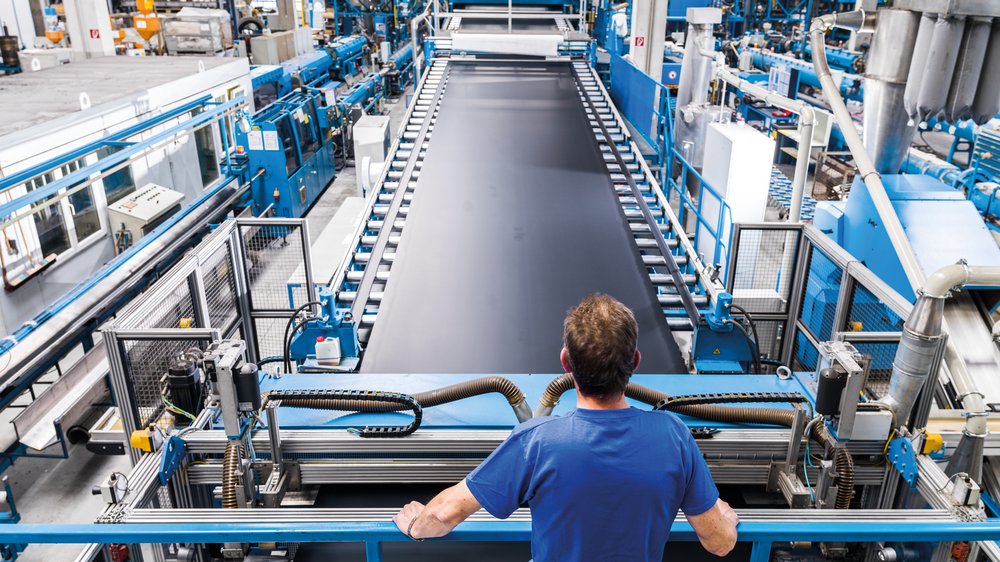
Extruded sheets
Consistently high quality thanks to years of experience in extrusion technology
Depending on the type of plastic, AGRU offers different extrusion sizes for cost-optimised production.
Special features of our product range are:
- Electrically conductive sheet products made of PE 100-el, PP-s-el, PVDF-el, or PFA-el
- We also offer more cost-effective alternative PVDF types
- Extruded thick PFA sheets up to a thickness of 15 mm
- Stress crack resistant sheets made of PE 100-RC up to a thickness of 50 mm
Everything from a single source
Comprehensive semi-finished product portfolio and extensive stock-keeping
The five application options for semi-finished plastic products are
- Tank construction (solid wall)
- Dual Laminat constructions (FRP fabric-backed lining)
- Bonding to steel
- Fix point lining
- Machining of custom parts for specific customer needs

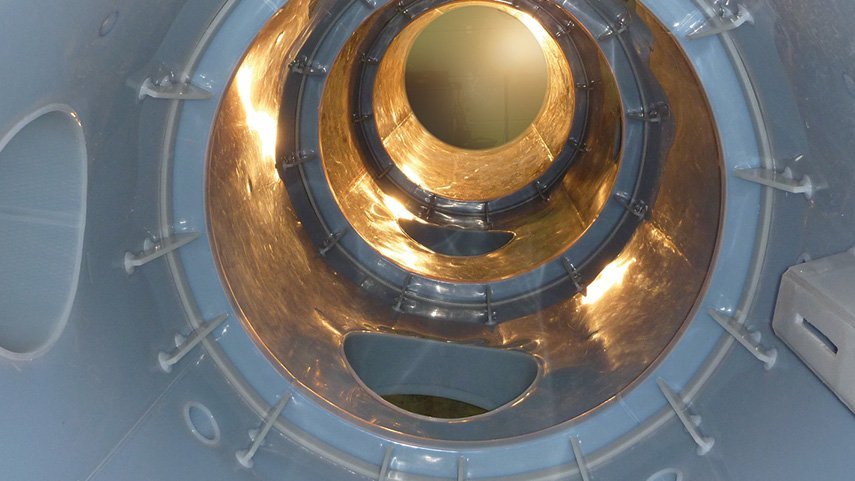
Laminated sheets
Chemically resistant fabrics made of various materials (polyester-, synthetic- and glass fabric)
There is an optimal long-lasting solution for each application
- due to the production of PE, PP, PVDF, ECTFE, FEP, and PFA fabric-backed sheets
- thanks to the high acid and high hydrolysis resistance of the synthetic fabric
- due to easy handling provided by thermoformability
- because AGRU utilises a proven method for the embedding of the fabrics in the plastic material
Round bars, blocks and pressed sheets
Due to the wide variety of dimensions and materials, mechanical-manufactured components can be produced cost-effectively:
- Extruded blocks made of PE and PP in thicknesses up to 120 mm and PVDF up to 100 mm.
- The pressed sheets in the formats 2 m x 1 m or 4 m x 2 m are suitable for the production of low-stress milled parts.
- AGRU offers a extensive delivery program for solid rods in the materials listed below. Special features include:
- ECTFE and PFA round bars up to 100 mm diameter
- PE 100 RC and PP-R round bars with a maximum diameter of 640 mm
- High-purity PVDF Solef round bars up to a diameter of 340 mm
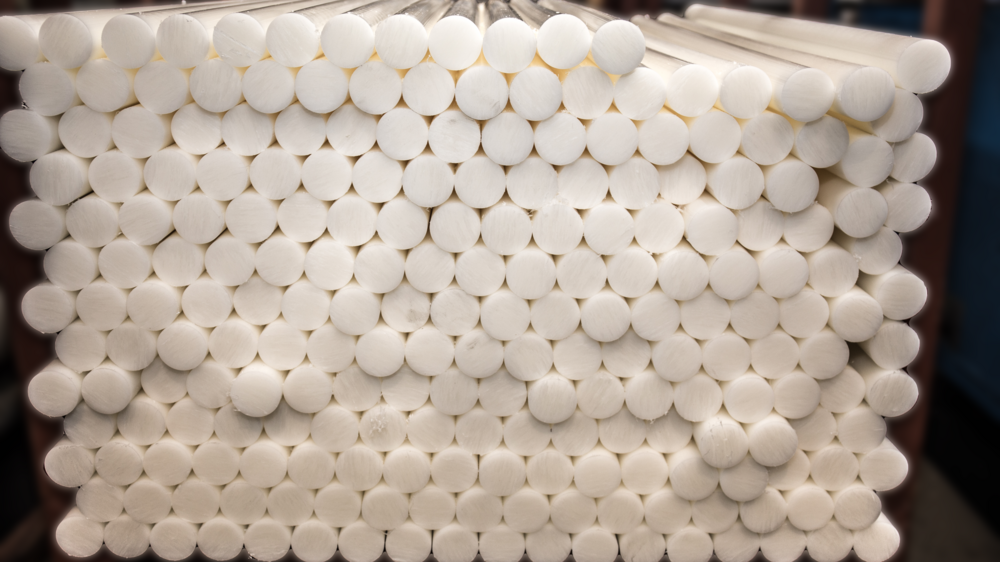
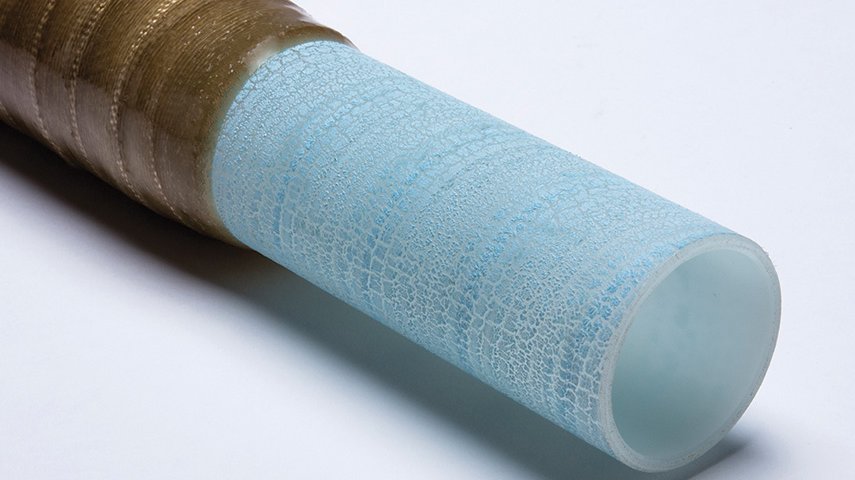
Liner pipes
Time- and cost-saving installation with AGRU liner pipes made of PVDF, ECTFE, FEP and PFA
AGRU offers special liner pipes for the lining of FRP liner pipes.
While the FRP structure provides the ecessary stiffness, the liner pipe provides the chemical resistance for the application. All liner pipes manufactured by AGRU are equipped with a specially modified surface to ensure the best possible bond between the plastic and the FRP.
- PVDF HV liner pipes and fittings with a special, thermo-chemically modified and rough surface
- Fabric-backed pipes in lengths of 1 m and 5 m made of ECTFE, FEP and PFA



